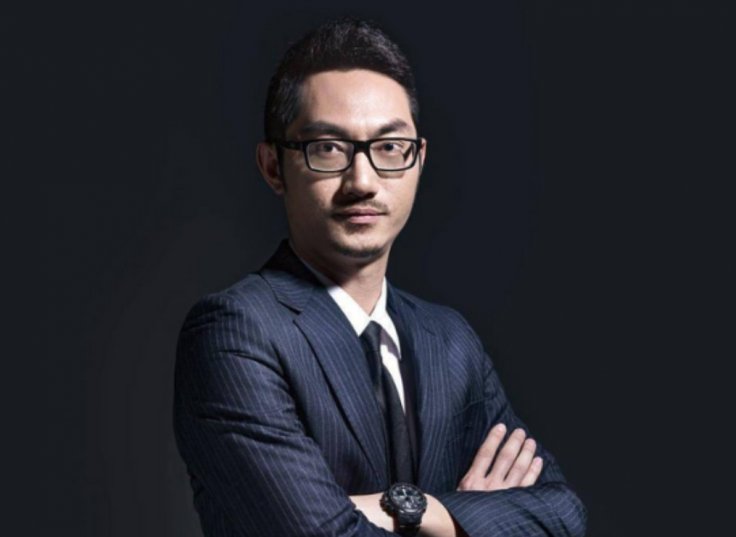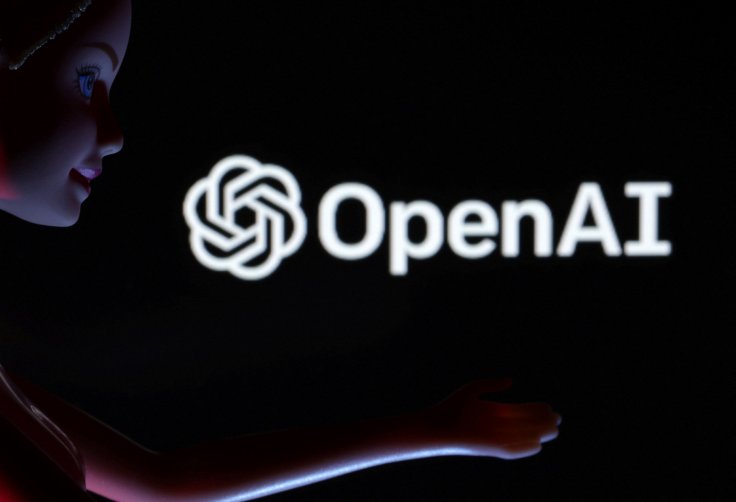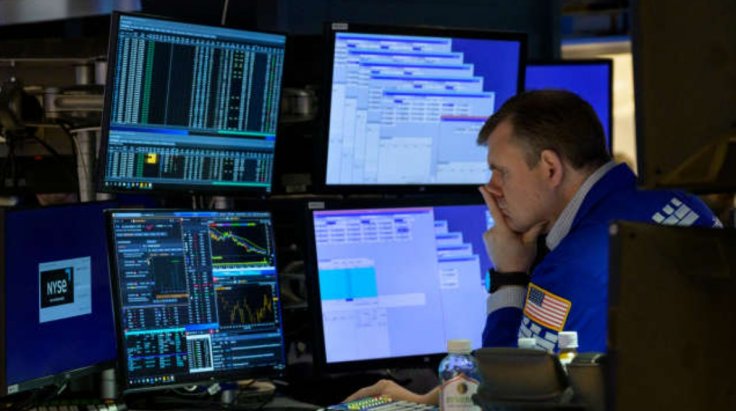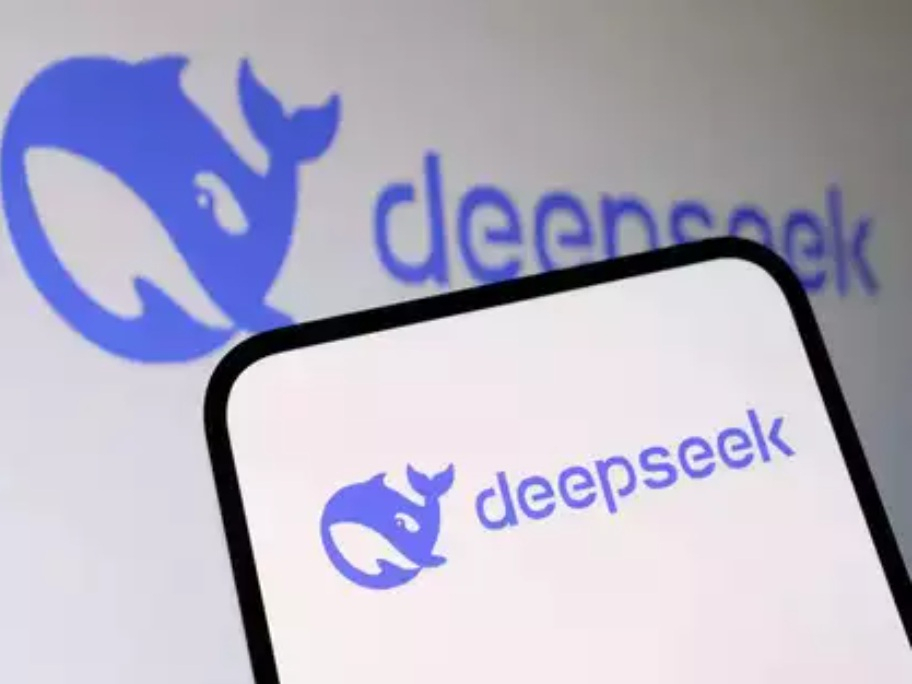Chinese AI startup DeepSeek , which is barely a year old, has sparked both awe and concern in Silicon Valley by unveiling advanced artificial intelligence models that rival the performance of leading chatbots while appearing to operate at a significantly lower cost.
The rise of DeepSeek challenges the prevailing notion that the future of AI will demand ever-growing power and energy resources for development. In late January, global tech stocks saw a sharp decline as excitement over DeepSeek’s breakthrough grew, prompting investors to assess the potential impact on its U.S.-based competitors and their hardware suppliers. On Monday, DeepSeek’s accent saw a US tech bloodbath, with billons wiped out from markets.
A New AI-Revolution
X
Founded in 2023 by Liang Wenfeng, head of the AI-driven quantitative hedge fund High-Flyer, DeepSeek focuses on developing open-source AI models, allowing the broader developer community to review and enhance the software. After its launch in early January, DeepSeek’s mobile app quickly climbed to the top of the iPhone download charts in the United States.
Unlike other chatbots such as OpenAI’s ChatGPT, the app sets itself apart by explaining its reasoning before delivering a response. According to the company, its R1 release performs on par with OpenAI’s latest offerings and allows individuals to license the technology to create their own chatbots.

X
Although specific details remain unclear, the development and training costs of DeepSeek’s models seem to be significantly lower than those of OpenAI or Meta Platforms Inc.’s top products.
The model’s superior efficiency challenges the assumption that cutting-edge AI requires massive financial investment in the most advanced AI accelerators, such as those produced by Nvidia Corporation.
This has also drawn attention to U.S. restrictions on exporting advanced semiconductors to China, which aim to prevent technological breakthroughs like the one DeepSeek appears to represent.

DeepSeek claims that its R1 model rivals or outperforms competing AI systems in several key benchmarks, including AIME 2024 for mathematical tasks, MMLU for general knowledge, and AlpacaEval 2.0 for question-and-answer performance. It is also among the top-ranking models on Chatbot Arena, a leaderboard affiliated with UC Berkeley.
Concern Grows In US
The U.S. has imposed export bans on advanced technologies like GPU semiconductors to China in an effort to slow the nation’s advancements in AI, a critical battleground in the U.S.-China race for tech dominance.

X
However, DeepSeek’s progress suggests that Chinese AI developers have found ways to circumvent these restrictions by prioritizing efficiency with limited resources.
Although it remains unclear how much access DeepSeek has had to cutting-edge AI training hardware, the company’s achievements suggest that U.S. trade restrictions have not fully succeeded in halting China’s AI development.
DeepSeek has been under close scrutiny since it introduced its first model in 2023. In November, the company unveiled its DeepSeek R1 reasoning model, designed to replicate human thought processes.
This model powers its mobile chatbot app, which, along with a web interface launched in January, quickly gained worldwide recognition as a cost-effective alternative to OpenAI. Investor Marc Andreessen described it as “AI’s Sputnik moment.”
By January 25, the DeepSeek mobile app had been downloaded 1.6 million times and secured the top spot in iPhone app stores across countries like Australia, Canada, China, Singapore, the U.S., and the U.K., according to market data from App Figures.




